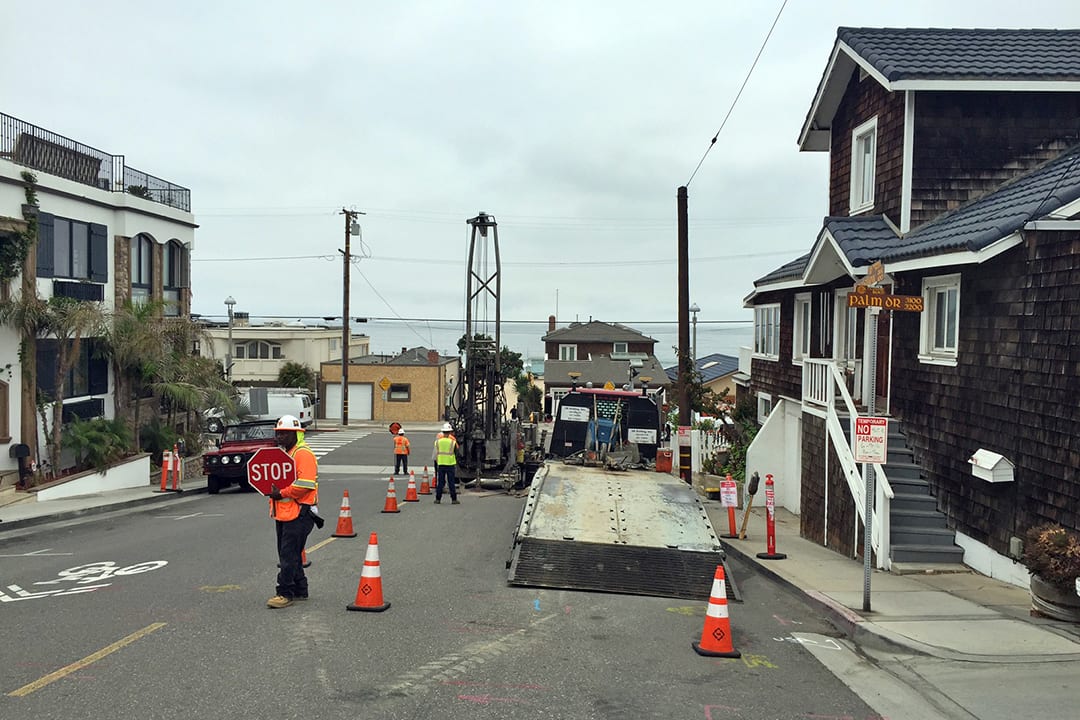OSP Design to Build the Internet

It may seem counter-intuitive, but the “cloud” is actually located on the ocean floor. These thick cables are cheaper and faster than satellites, carrying data at the speed of light. Allowing for faster internet speeds and increased connectivity to previously under-served locations. As the demand for bandwidth has increased, companies such as Amazon, Apple, Google and Facebook have been installing their own fiber to reduce future costs associated with leasing fiber. This allows these web-based companies control over the infrastructure that powers their business.
Building the Internet
Over the last 27 years, BHC has been connecting people around the globe through fiber placed on land and on the ocean floor. Cable placed on the continental floor is more common than most people think. Undersea cable is a highway of information, traveling cross countries faster than you can read this sentence. And the demand for these cables isn’t going to slow down anytime soon. As more and more businesses rely on cloud computing services the need for undersea cables will grow.
Hermosa Beach, CA Cable Landing Project
BHC designed the shore-end and outside plant (OSP) facilities for the Southeast Asia to the United States transpacific fiber optic cable route, known as SEA-US, which connected Hermosa Beach, California to Hawaii, Guam, Indonesia and the Philippines. BHC also provided on-site inspection and consultation during the construction phase which lasted five and a half months.
The purpose of SEA-US is to increase telecommunications capacity, reliability and speed. The cable provided the first direct telecommunications link to the Philippines and Indonesia and responded to Asia’s increasing demand for connectivity to the United States. The OSP design consisted of two separate routes allowing for diversity between the two systems to reduce the risk of having both damaged by a single event such as a natural disaster.
Laying these cables across the ocean is a major task. The use of a cable laying ship is needed to place the cable on the ocean floor. These ships are massive and operate internationally for months, laying thousands of miles of cable at a time. The process of connecting the ship to the beach lasted about a day and a half and requires a smaller ship with buoys attached.
Challenges
This project did not come without challenges. Due to the sandy soil conditions the shoring of the bore pits took longer and bore lengths were reduced. Crews worked diligently to prevent damaging existing utilities and avert the collapse of sand around the shoring.
Why Hermosa Beach?
Companies are attracted to The City of Hermosa Beach for many reasons. The city owns the beach, unlike other cities, which makes for an easier regulatory process and it is close to the city of Los Angeles and the dense urban area.
The City of Hermosa Beach also received $1.9 million from RAM Telecom International (RTI) at the beginning of construction and $300,000 per year for allowing the cables to enter the city.
Final Thoughts
Countries consider undersea cable as critical infrastructure and realize the potential growth. Content providers such as Amazon, Apple, Facebook and Google are investing substantially, connecting data centers worldwide. Citizens will reap the benefits of faster, more reliable internet opening up endless possibilities across all industries. BHC is proud to engineer the future.
